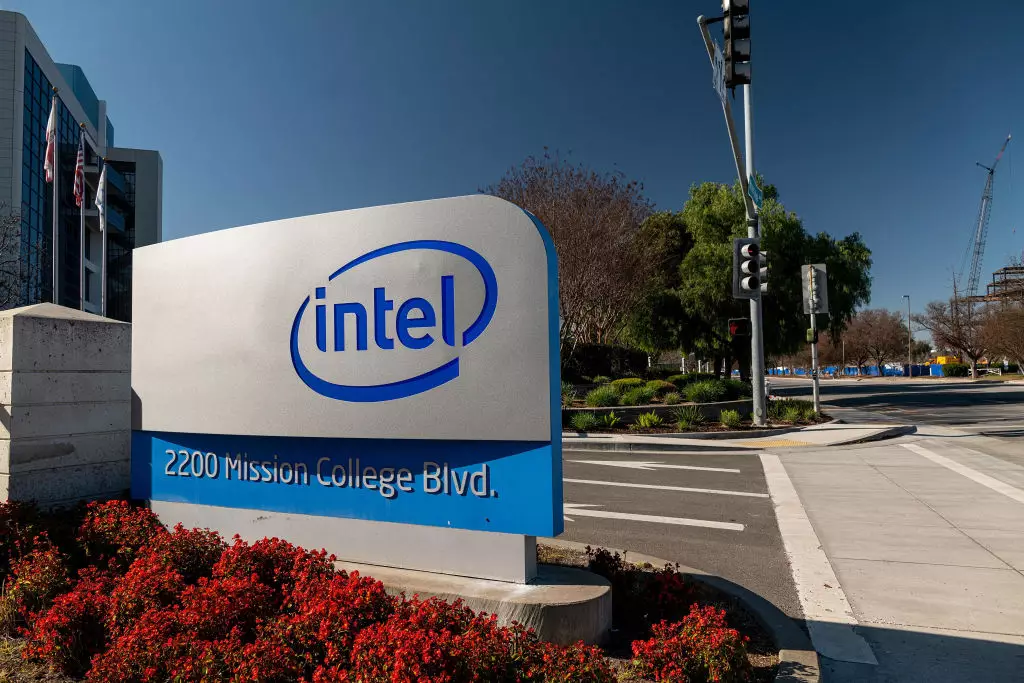The semiconductor industry is known for its rapid evolution and fierce competition, with major players alike striving to stay ahead. Intel Corporation, once a dominant force in this arena, has faced numerous challenges in recent years. In a bid to reclaim its competitive edge and reinvent its business model, Intel has unveiled a series of strategic changes and major partnerships. These moves mark a pivotal moment for the beleaguered chipmaker, setting the stage for what it hopes will be a robust turnaround.
One of the most significant changes announced by CEO Patrick Gelsinger is the transition of Intel Foundry into an independent subsidiary. This strategic decision is aimed at providing greater operational flexibility and attracting new customers. While the leadership team will remain intact, the introduction of an operating board with independent directors signifies a commitment to transparency and accountability in its operations. This restructuring acknowledges the need for adaptability in a rapidly shifting marketplace while ensuring that the core of Intel’s foundry capabilities remains solidly within the parent company.
In a decisive move to manage costs amid fluctuating market demands, Intel has also decided to stall its fabrication projects in key locations such as Poland and Germany for two years. This pause reflects a prudent approach in a time of uncertainty, as the company recalibrates its strategic initiatives based on projected market needs. Additionally, Intel is contemplating cuts to its chip packaging and testing operations in Malaysia, illustrating a broader trend of operational consolidation that aims to streamline processes and reduce expenditures.
In a positive twist amid ongoing challenges, Intel announced a significant collaboration with Amazon Web Services (AWS) to co-develop an advanced AI chip utilizing its cutting-edge 18A chip fabrication technology. This partnership appears to be a cornerstone of Intel Foundry’s business strategy, with Gelsinger describing it as a “multi-year, multi-billion-dollar framework.” The collaboration includes plans to produce a custom Xeon 6 processor for AWS, thereby strengthening the existing partnership and expanding awareness of Intel’s capabilities in AI and cloud computing.
This alliance is not only a testament to Intel’s commitment to innovation but also highlights the company’s efforts to regain its footing in a market it once dominated. Gelsinger’s statement regarding the tripling of Intel Foundry’s deal pipeline since the beginning of the year underscores a revitalized momentum for the business division. This bolstered confidence may help counteract the setbacks Intel has faced, particularly as it lost a critical contract with Sony related to the next generation of PlayStation consoles, a blow that reportedly could have added $30 billion to its bottom line.
Despite these positive developments, Intel finds itself in a precarious financial situation, amplifying the importance of its new strategies. The company reported a net loss of $437 million in the first quarter, which ballooned to $1.6 billion by the second quarter. Additionally, Intel Foundry has seen operating losses reach $5.3 billion in the first half of the year. These alarming figures reflect a broader trend of declining profitability and market share amidst increasing competition from companies such as AMD and NVIDIA.
In response to its financial woes, Intel has embarked on a significant cost-cutting initiative, which includes laying off around 15,000 employees as part of a broader strategy to streamline operations. The company acknowledges that navigating these turbulent waters is a multifaceted challenge that requires tough decisions regarding workforce and operational structures. While these actions aim to bring the company back to profitability, they also bring about the risk of lost talent and institutional knowledge.
Intel’s recent announcements regarding its restructuring and strategic partnerships paint a complex picture of a company struggling to redefine itself within the semiconductor landscape. The transition of Intel Foundry into an independent subsidiary is a proactive measure intended to enhance focus and foster growth. However, the company must effectively navigate its financial challenges while leveraging its new partnerships to reinvigorate its product offerings.
Ultimately, Intel’s path to revival will depend on its ability to adapt swiftly to market demands, capitalize on innovations, and maintain its commitment to quality. As the chipmaker embarks on this challenging journey, the industry will closely watch how these developments unfold and determine whether Intel can reclaim its legacy as a leader in semiconductor technology.

